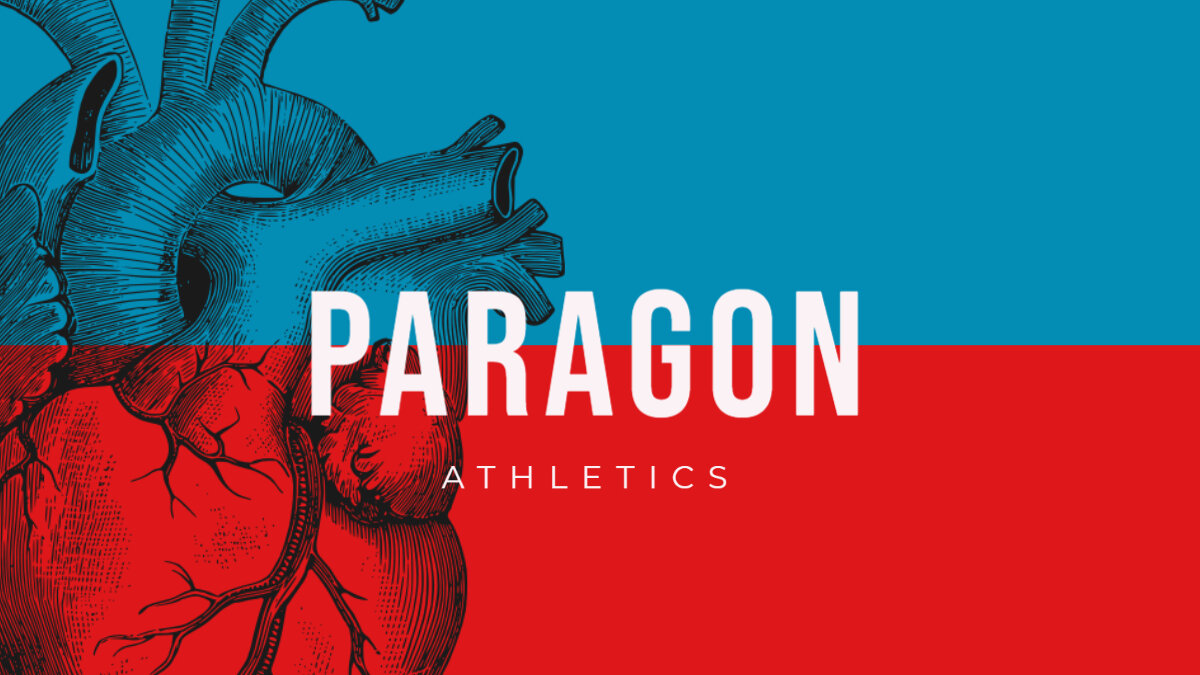Bridging the gap
By Ryan Whited
How often have you heard the expression “Bridging the Gap” differentiating training from physical therapy, concerning musculoskeletal (MSK) injury?
What if I told you there is no gap?
At some point we decided that treatment in the form of therapeutic exercise was different from training. The result has been a costly cultural mindset shift. Causing people to believe that tissue recovery, and recovery from injury are different things… they are not.
Training is just a continuum of the same treatment process. I believe this false dichotomy causes a lot of confusion around the process of healing in our culture.
Low-value therapy modalities—dry needling, cupping and trigger point therapy—come at a high cost. These modalities make an already difficult process even more difficult. Furthermore, they can possibly result in a never ending pendulum between the extremes of “come-back”and injury: causing you to eventually feel like you’re just destined for injury. You’re not!
By engaging in these low-value modalities, you not only have to overcome all the physical, psychological, and social challenges that occur with injury, but you also have to overcome the treatment process you’re using for help. Which is unknowingly undermining your efforts by reducing your self-efficacy.
If you consult with a provider that has been studying leprechauns (low-value modalities) for a lifetime, it doesn’t change the fact that leprechauns are mythical.The gap between injured and uninjured is not a gap: it’s a natural continuum of health that we’ve leaned on successfully for a millennia!
A high-level therapy program should look like intro level training and should include the following fundamental ingredients:
Restoration of function
Load progression
Sound coaching
If these three ingredients are not what is making up the bulk of your therapy program then you are likely engaging in low-value care.
Let’s discuss some physiological and psychological aspects a good a training program should provide you with as you heal from injury:
Tissue Remodeling
For good tissue remodeling, load and other stressors are absolutely necessary for the healing process! That’s right—muscles, tendons, and ligaments all require load for good healing. This is where having someone who understands tissue-specific loading can be very helpful in advancing your progression. Believe it or not, someone with this skill set is a lot less common than you would think.
Stretching will not restore your tissues capacity, and can often be irritative to a sensitive area or healing tissue.
Rest is a passive intervention and lesser value ingredient to your recovery program. While some rest may be advisable, over resting is something to watch out for. Most passive interventions should be thought of as condiments. If you use ketchup as a meal you’ll never be full.
Self-Efficacy
Another concomitant benefit of training through injury is your self-efficacy can remain intact during the process. Self-efficacy is a very important tenant to maintain during this time. It may even prevent you from falling into a “Sick Role” (a medical sociology term referring to derogatory beliefs, and attitudes that may be adopted by the one seeking help). Another curious fact is that the building of self-efficacy can actually lead to positive changes in performance!
That's right, you can actually get stronger through this process, both physically and psychologically!
Reduced Kinesiophobia
Fear of movement, or kinesiophobia, is reduced with exposure or return to activities—NOT by eliminating your meaningful activities/challenges. This again, is where expertise from a professional may be VERY helpful. Having an expert to help with your decision making will take some of the guesswork out of your process. You should feel comforted, and empowered by your provider. If you do not come away feeling this way then I suggest moving along.
If these three ingredients are not what is making up the bulk of your therapy program you are likely engaging in low-value care.
There is NO MAGIC modality that will heal your injury! Whether your provider realizes it or not they are primarily just assisting natural history, as inglorious as that may seem. It is quite an art form… but it AIN’T MAGIC.
Pain is the gift that hurts, but doesn’t always harm.
Just sharing some thoughts.
Hopefully this is helpful to someone ☺️

